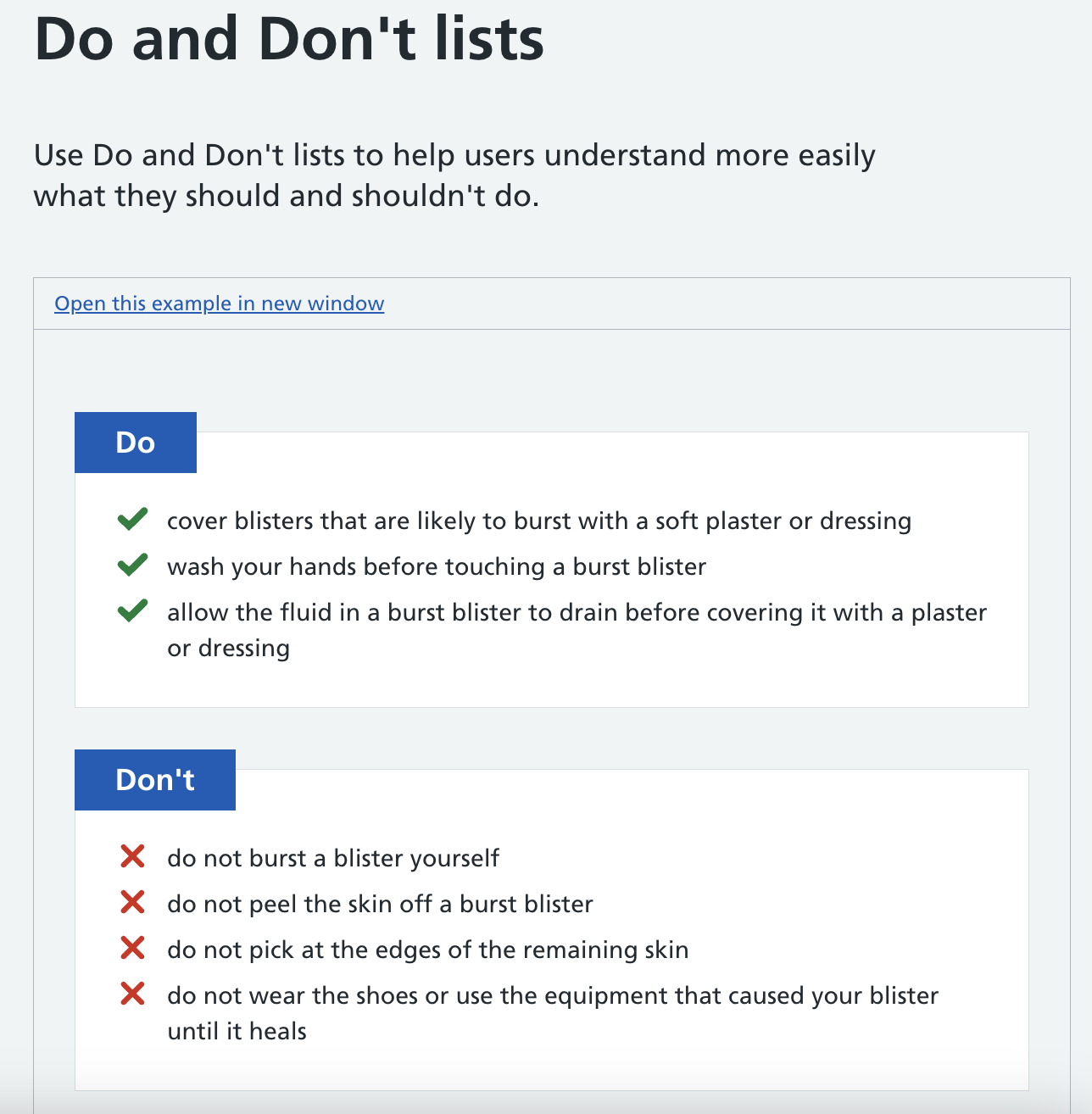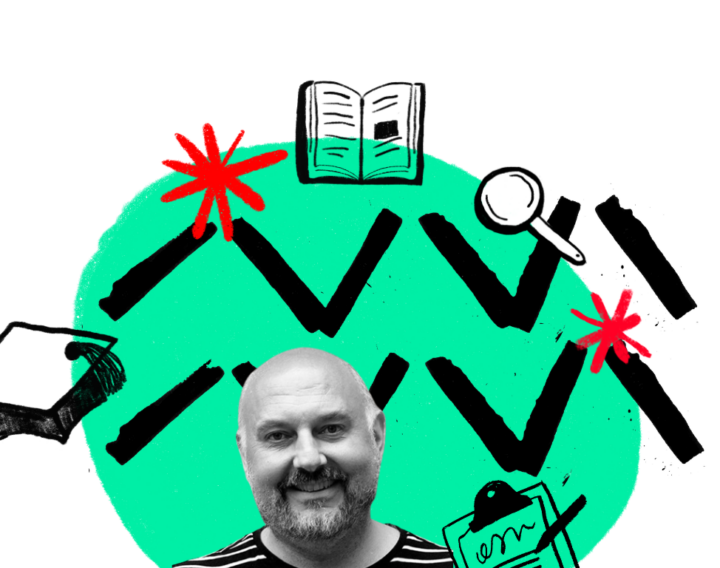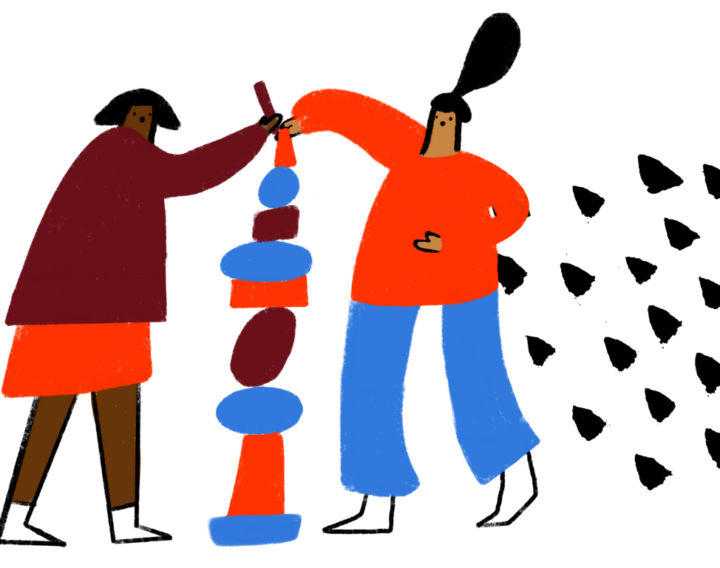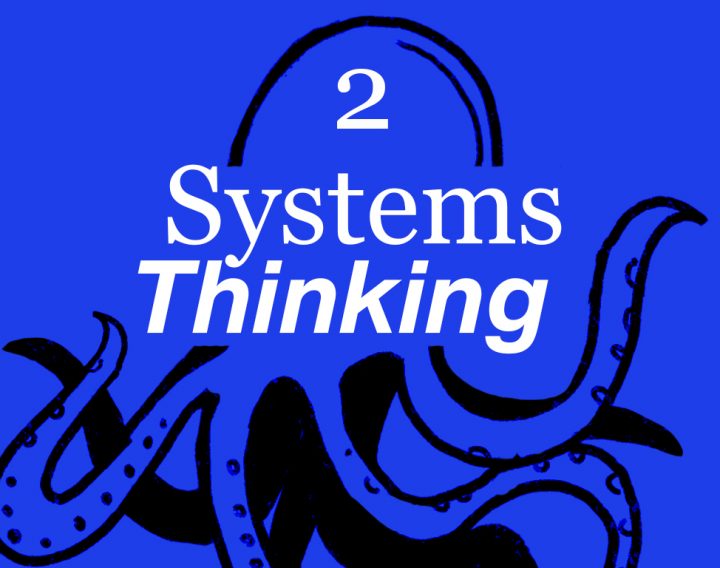What to do when you don’t have a content designer

Content design is an essential element of any product or service. Here, Senior Content Designer Iso Roberts shares her advice in applying content design principles to your project.
Content design is an essential element of any product or service. Here, Senior Content Designer Iso Roberts shares her advice in applying content design principles to your project.
What’s one thing you’re guaranteed to find in any digital service or product? You’re reading them right now – words.
Words form language, and they’re the backbone of how we communicate. You can’t create much online without them.
They’re also the bulk of what we call content, and this content can make or break a user’s experience. Badly written content leaves people confused and uncertain. Clear, concise content lets them claim disability allowance, pay a parking fine or book a doctor’s appointment with ease. It also helps them build trust in your brand.

Why content design matters
Almost every time I’ve seen a user struggle during the testing of a new product or service, it’s because the words didn’t make sense to them. Sure, there might be other design tweaks to make. But most of the confusion lies in what users are reading or listening to.
That’s where content designers come in. We learn what users need and then create the simplest, shortest amount of content we can for them to achieve their goal. No fluff or distractions – just what they need to get the job done. This is particularly important when one in six adults in England – 7.1 million people – have very low literacy skills.
But what if you don’t have a content designer? You’ll be pleased to know that all is far from lost! Because although we’ll always need content design specialists, anyone can apply the principles to make their service or product more successful.
You’re a designer or researcher who is new to content
A project team might only have researchers and service or interaction designers – but someone still needs to write the content.
The good news is you should already understand your users’ needs, and so have some insight into what content they need. It’s then about making your content easy to understand and accessible.
Consider these steps as a starting point:
- Do not underestimate the power of concise, straightforward content. By stripping things back, you actually make them clearer. See the Plain English Campaign for useful tips.
- Take account of how people read online – the vast majority just scan and pick out key bits rather than read every word, so make your content easily scannable by breaking it up.
- Use the ‘inverted pyramid’ approach to structure your content so you have the most important information upfront.
- Make sure you’re using inclusive language that doesn’t alienate any users. This is especially important for public sector services where people often don’t have any choice but to use them.
You don’t need a big budget for any of those, and often it’s about finding the right subject matter experts to work with. In our projects with the Home Office I’ve worked with lawyers to break down their legal jargon – it’s amazing what simpler language comes out when you just ask them to explain it to you in person.
You write content and are new to user-centred design
What sets content design apart from other types of writing or editorial is you never start from a blank page. Instead, you begin with your users.
Content designers use research and evidence to find out who their users are, what their context is and what they need. From this, they then work out what content to create and what format it should be.
For example, a long page of eligibility criteria for a benefit might provide the relevant information but also leave people feeling overwhelmed and unsure. Instead, we could ask them a series of questions about themselves so we can then tell them if they’re eligible or not. This means they don’t have to do the hard work deciphering the criteria and potentially get it wrong.
Use these tips as a starting point:
- See what research you can find. Look at your analytics to understand where users are having problems, or get in touch with other organisations who’ve tackled something similar.
- Speak to your users! Nothing that can replace hearing directly from them. If you have access to user researchers, great. If you don’t, this guide from the UK’s Government Digital Service (GDS) is a good place to start.
- Fail fast, learn quick. It’s better to test your content early and uncover any issues rather than wait until to test something polished – only to find out it doesn’t work. A highlighter test is one simple way to do this.
- Take inspiration from tried and tested content – for example the ‘Do and don’t list’ from the NHS design system, or the GDS style guide.

Image: A content design example from the NHS design system
Still curious about content design?
We’ve just scratched the surface here, there are many more tips and tricks for improving your content.
If you want to learn more from Snook’s content design team, come and join our half-day training course ‘A practical introduction to content design’ on September 28th. The course covers ways to improve your services by creating inclusive and accessible content that meets your users’ needs. Follow the link above to find out more and book your space.





